I so loved Charles Lamb’s A Dissertation upon Roast Pig (ref. 1) that I once commissioned a never-performed operetta based on it. I still have the lyrics somewhere. The essence of this great tale is that of a pyromanic son of a swineherd in ancient China named Bo-bo who invented pork BBQ by unintentionally burning down his father Ho-ti's hut with a litter of pigs inside. The overwhelming aroma of roasted pork overcame both his fear of being punished as well as his father’s intention to punish him. They feasted on this newfound delicacy and promptly built another hut so they could burn it down and have roast pig again.
The villagers around them observed that every time new pigs were born, Ho-ti’s hut burned down. Watching and catching them in this act of intentional destruction, they arrested and transported them to Peking to stand trial. The judge sampled the still warm pork and promptly pronounced them innocent. He rushed home to burn his house with pigs inside in order to enjoy such delicacy. Soon homes were burning all over China, only to be rebuilt and then torched again so that roasted pork could be enjoyed.
The housing industry boomed until there was little timber to be found. Insurance companies went bankrupt. Pork producers enjoyed great success initially but couldn’t meet demand. An economic crisis loomed over the high societal costs of this BBQ craze. Finally, an innovative sage introduced the disruptive technology of a spit over a much smaller fire. Sanity and stability returned. The cost to participate steeply declined.
With such great affection for this story, I couldn’t help but think of it when reading Tesla’s recent announcement of a deeper move into localized and distributed power (ref. 2). The technology behind their car batteries can interface with solar panels mounted on household rooftops, creating a renewable and storable energy supply—in Tesla batteries, of course.
The idea holds great appeal. However, purchasing and installing the technology does not yet create savings for most consumers. It is just too expensive at the current, experimental and early adopter scale. Without major utilities embracing the distribution of this equipment to the individual consumer instead of building and maintaining large power plants built on fossil fuel consumption, the costs remain too high for the average person to unhook utility wires. A lot of economic wobbliness looms until sagely innovators find a way.
Let’s bring the Apple watch into this muse. With the announcement that approximately $83 (US) in parts is being sold for $349-$10,000, depending on the type one purchases, there will be a lot of room for innovation and disruptive technology to bring down the price, and without long delay. However, the market for wearable technology is finicky and not well-defined. Best Buy and other merchandisers are changing their displays almost daily as new and updated products are being rolled out. A lot of resources will be wasted (invested?) by manufacturers, merchandisers and consumers until this market stabilizes. It wasn’t that long ago that PCs and then Laptops, office suite software and large screen television went through similar convulsions until price stabilized and the product became ubiquitous. Apple might make a lot of money initially in wearable technology, but it is far from certain that they are a lock on being the dominant player forever.
Someone, somewhere is going to innovate, drive the price down and improve the way the world works. Resources will be wasted while figuring it out. Fortunes will be made and lost. The sage innovator does not participate just to make money. They do it to reduce suffering and heighten hope, doing it in such a way as to sustain their enterprise next year too.
If anybody holds a commitment to sage innovation, it is the Christ follower called to a business vocation.
Ref. 1. in The Essays of Elia, New York: The F.M. Lupton Publishing Co, 1823, pp. 193-202.
Ref. 2. Wall Street Journal, 2-3 May 2015, p. B1
--
Mark L. Vincent, PhD, CCNL is a Convene Chair and CEO of Design Group International, an organizational development company providing wise guidance for enterprise, nonprofits, and ministry organizations. Out of a life spent building an enterprise and dealing with a prolonged health battle, Mark and his wife Lorie pared and honed and answered the question, “if there is just one thing to which you could give your life, what would it be?” The answer for Mark is to love leaders as they claim their life vocation as stewards of enterprise.





